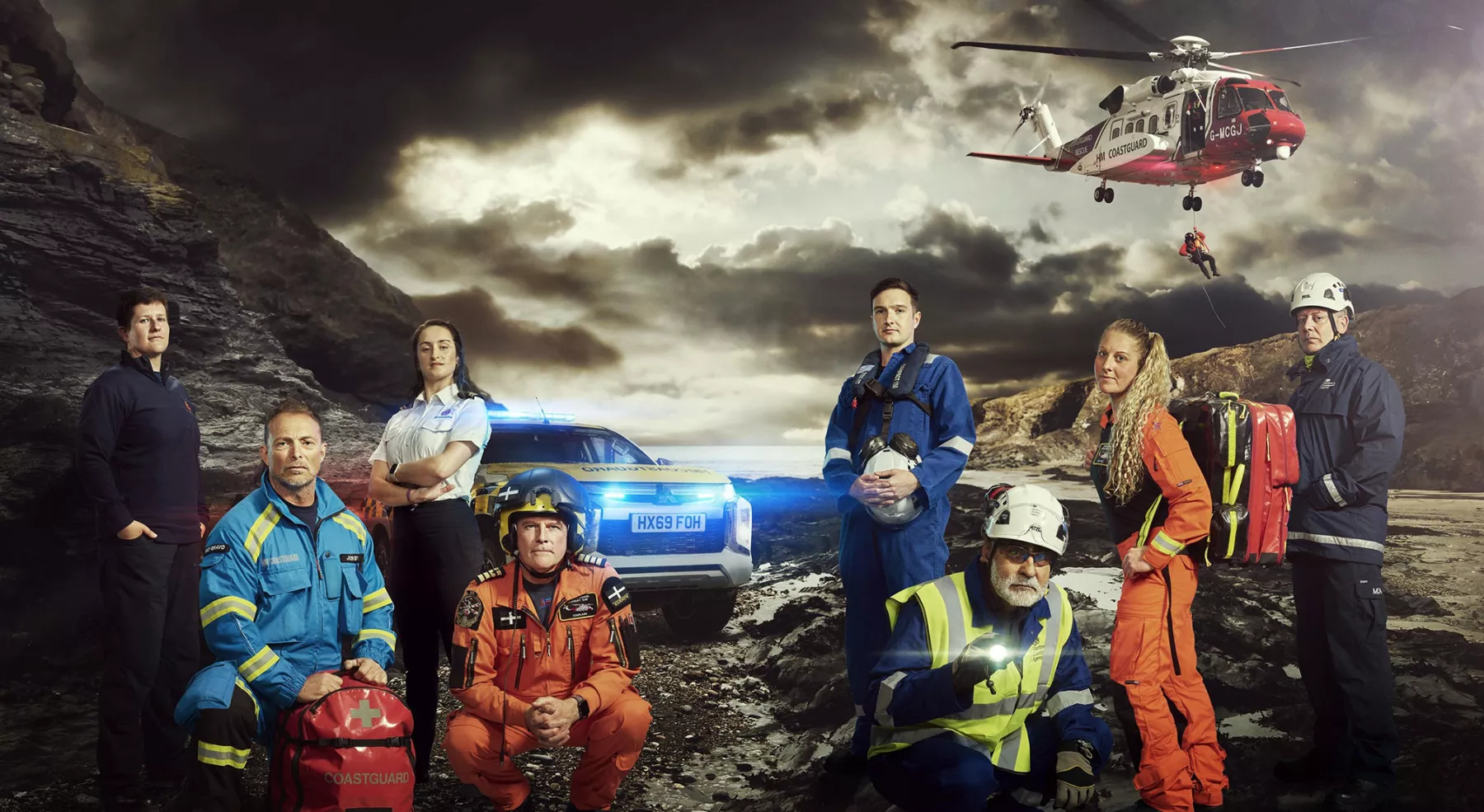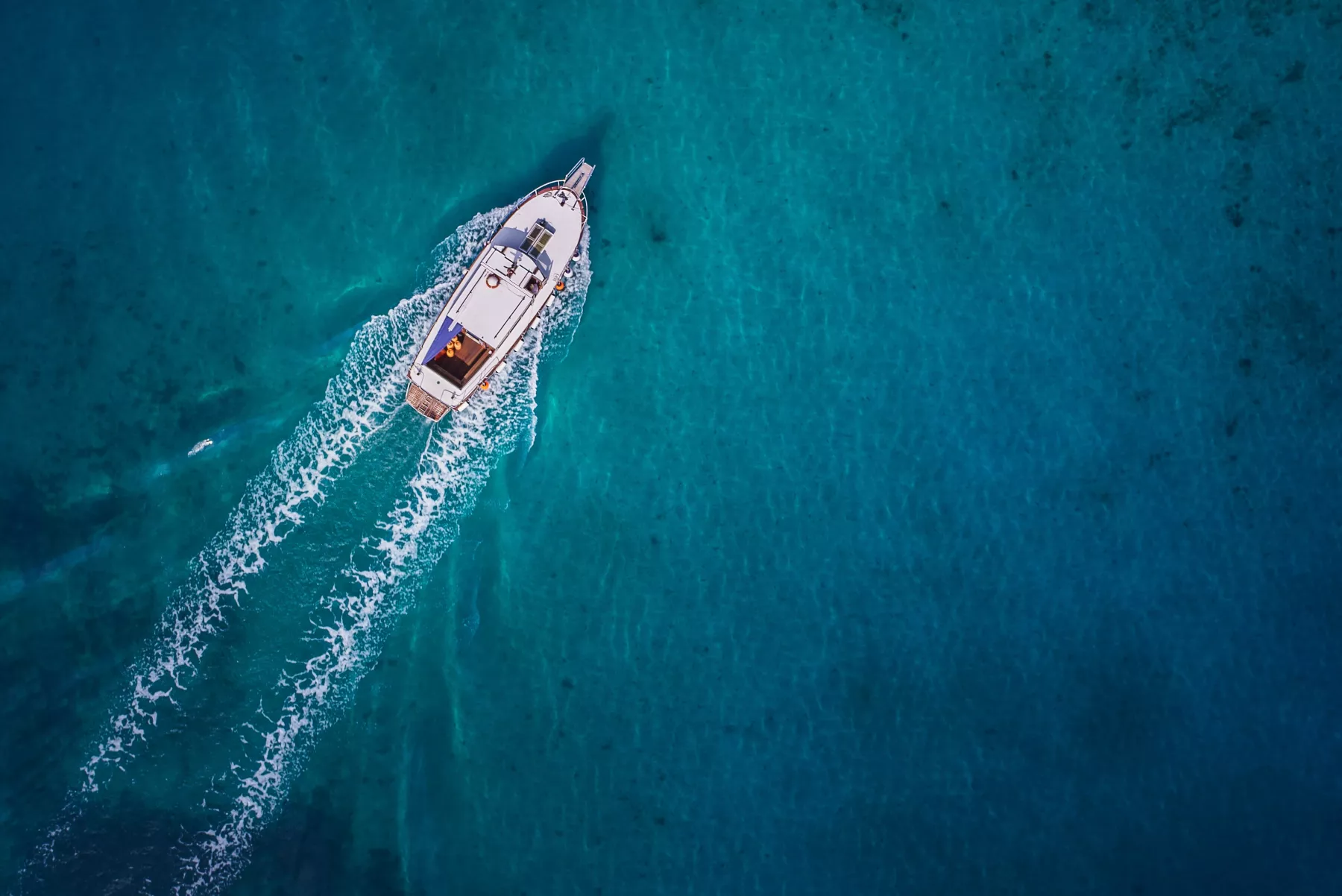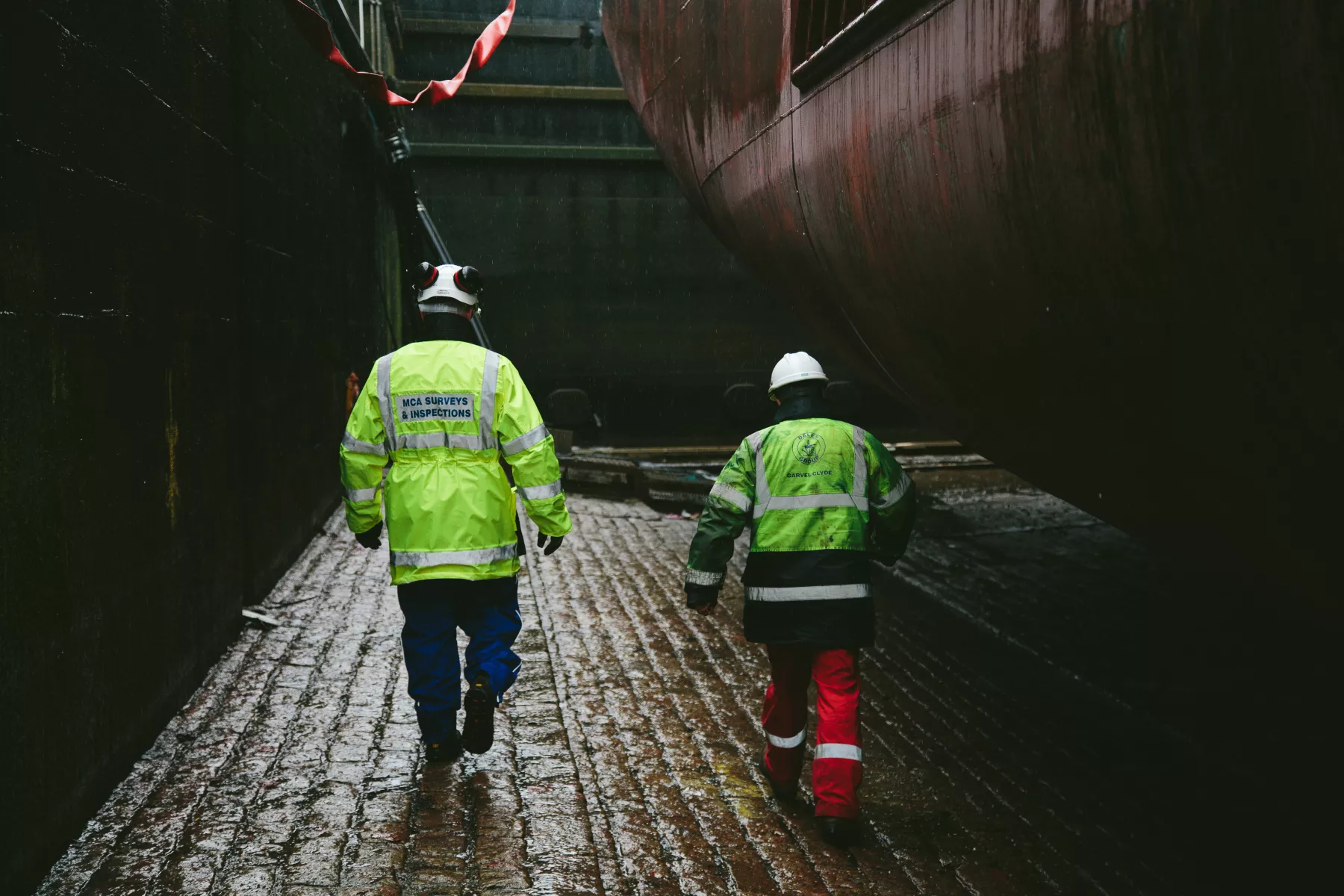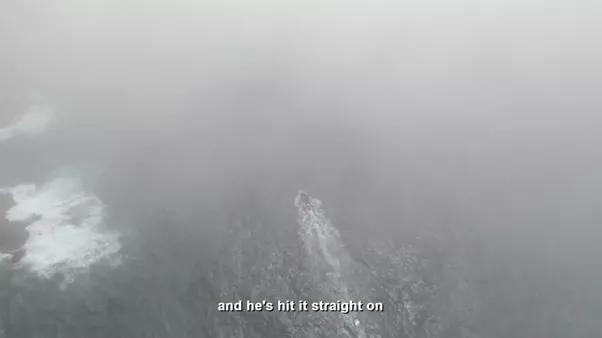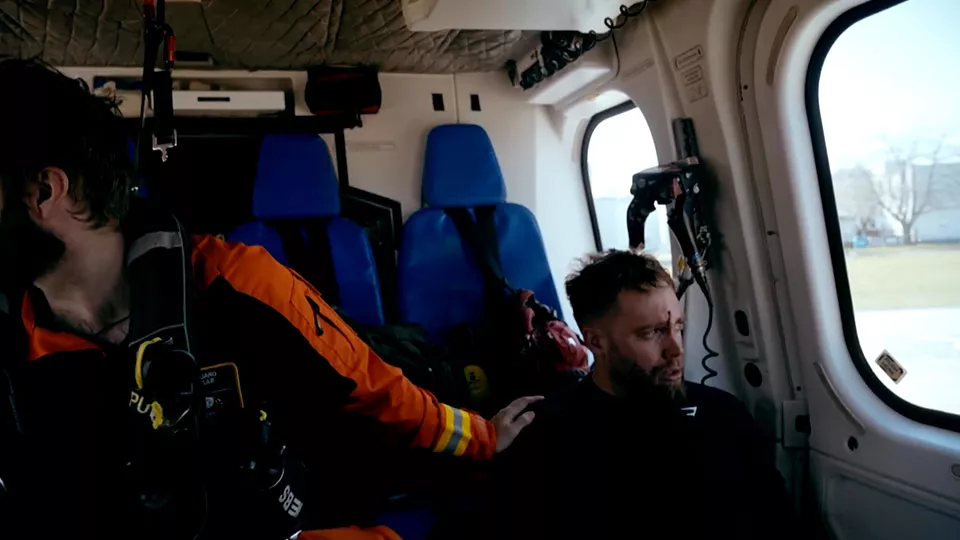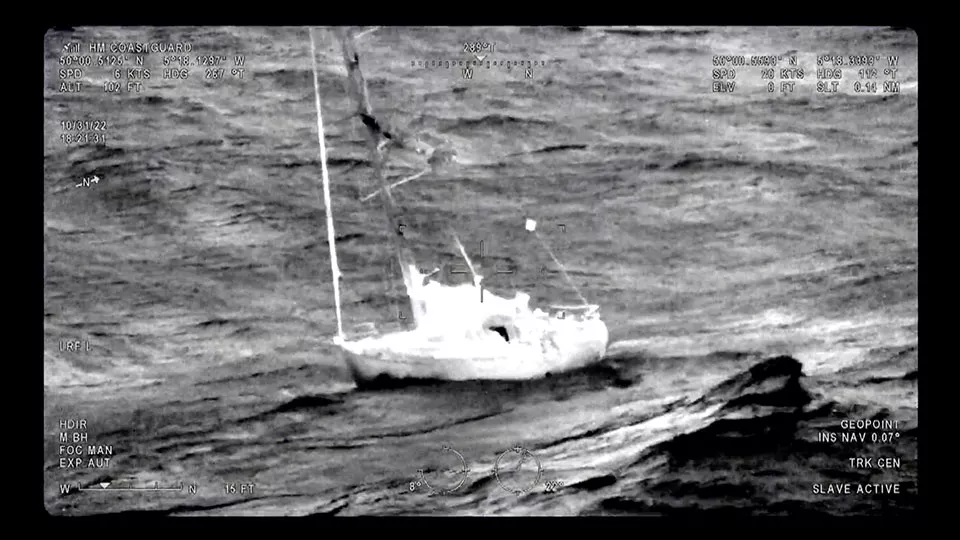They are behind-the-scenes lifesavers.
Every day the surveyors of the Maritime and Coastguard Agency are checking vessels around the UK for potentially deadly defects and will detain them, if necessary, until they are fixed and safe to sail. Principal Surveyors are among the MCA's most experienced surveyors.
Episode two of our Channel 5 documentary follows Principal Surveyor Chris Bates as he leads an inspection of a foreign-flagged cargo ship docked on the River Tyne.
It has been reported by a maritime pilot over concerns about the state of a boarding ladder. It’s a serious matter; two deaths have been reported on such ladders in the UK within the last year.
Chris’ expertise stems from his 15 years in the role. He studied nautical science at a maritime school before going to sea for 30 years, including on cargo ships. He’s even spent some time in the nuclear industry, so safety is second nature.
His knowledge helps him find not just the problem with the board ladder but more than 20 other issues ranging from faulty fire doors – vital to stopping a blaze engulfing the entire ship – to a walk-in freezer impossible to escape from.
Amid rising tension during filming, the cameraman was ordered off the Industrial Ruby by the crew. It’s not unusual to face a defensive or aggressive response, says Chris.
Chris said of those he has helped in his job: “Overall, it must be in the tens of thousands: from ships crews, to passengers, to families waiting back at home for their people to return.”
“The main people I like to think I have helped is the UK taxpayer. I absolutely don’t like to spend their money cleaning a mess up created by a ship or shipping company."
Chris (60), from Birmingham, is also a volunteer blood biker carrying medicines, organs, blood, medical records and medicine wherever it is needed.
